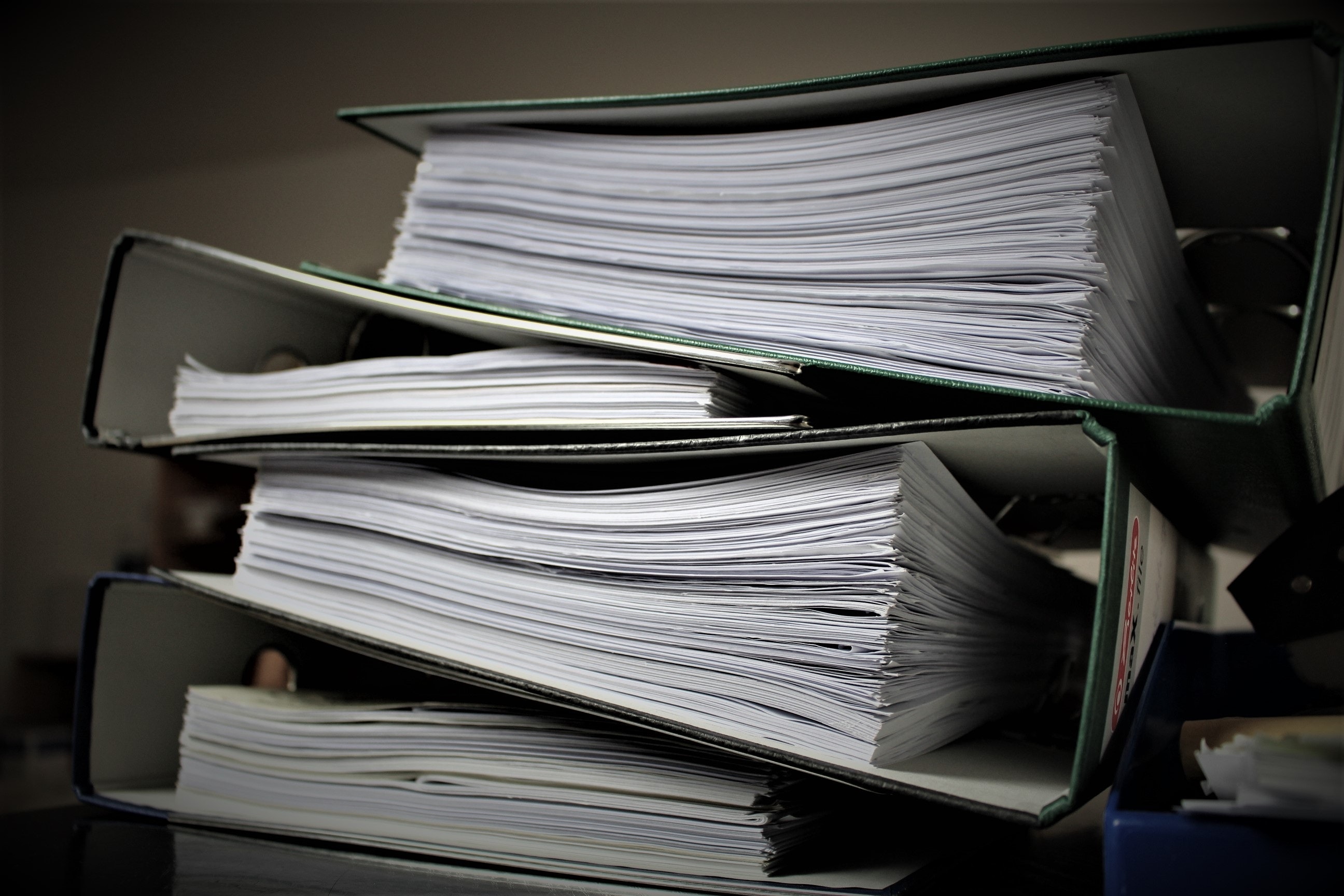Share this
by Matt Waters, CPA on April 18, 2022
Accounting teams pursuing the goal of continuous accounting already understand that the more automation, the better. Why? Automation distributes workloads more evenly across accounting periods, eliminates error-prone manual processes, produces reliable audit trails, reduces month-end close cycles and more.
When the new lease accounting guidance was announced in 2016, many new software providers began developing products to manage the required calculations for ASC 842 and IFRS 16. The driving factor being the need to get away from manual lease accounting calculations with spreadsheets that would be too complex for most large enterprises to reliably perform. Six years later, the marketplace is crowded with numerous vendors offering easy and reliable software for essential compliance needs like amortization schedules, journal entries and disclosure reports.
When every vendor looks about the same in terms of functionality, price becomes a deciding factor for many companies. But there is a catch.
Most lease accounting solutions still rely on support from manual calculations in spreadsheets – outside of the software – to do what is required for ongoing lease accounting compliance.
Common functions that still require manual spreadsheet calculations and workarounds include journal entry system uploads, lease modification remeasurements, audit details, internal controls, data validations, reconciliations, discount rate matching and many types of reporting.
Unfortunately, many businesses have simply accepted that these functions require hundreds of accounting team hours to perform. However, there is a better solution.
Advancements in lease accounting automation are already allowing many leading companies to maximize productivity, controls and costs while meeting compliance mandates. They are avoiding unnecessary manual workarounds and eliminating headaches with automated, rule-based solutions for reporting, data quality, bulk lease remeasurements and much more.
Here are 10 areas where advanced lease accounting automation is truly saving accountants hundreds of work hours.
Seamless Real Estate Lease Administration to Lease Accounting Workflow
The new lease accounting standards cause real estate and accounting teams to work together like never before. Both departments need access to lease details like rent amounts, payment terms and other critical data. Not to mention that portfolios of lease terms can change frequently.
Accounting needs to know when real estate makes lease changes – ideally in the current period – to calculate each contract’s ROU asset, lease liability and create or adjust amortization schedules accordingly. Hours can be spent communicating changes between these two departments. Often changes are not communicated quickly or automatically, causing delays in month-end close or manual adjustments afterwards.
By adopting a single, automated lease management platform, these two departments benefit from a seamless workflow that eliminates the need for duplicate data entry, unnecessary system integrations, or additional software costs. Change notifications are automatically communicated, while workflows and approvals provide the appropriate levels of control and auditability.
Automated Reporting and System-Generated Audit Details
Lease-level details required by auditors simply are not included in many vendors’ standard disclosure, roll-forward and reconciliation reports. This may be the most essential reason why so many lease accounting software systems fail to meet compliance needs at audit time.
Missing details require accountants to pull amortization schedules from each lease record so auditors can tally the numbers to ensure they equal the total amounts on the disclosure report. If the reported amounts differ from the auditor’s totals, accountants must then spend additional time discovering where the errors are. When these discrepancies cannot be resolved, issues are documented as errors in the audit.
Without an automated roll forward report, accountants must pull separate reports from the ERP and their lease accounting software, perform VLOOKUPS in spreadsheets, and tie the reports together. Accountants must search through hundreds of lease records to identify balance changes associated with additions, terminations, renewals and impairments. They then must assume that balance changes not identified in their search were due to amortization and depreciation. This entire process can take days to complete and is fraught with risk, because auditors will test the assumptions.
The most advanced lease accounting system contains all amortization schedules in the application and supporting details for every lease is automatically published to the disclosure reports. It also automatically runs roll forward reports with all supporting details formatted for audit presentations.
System-Controlled Compliance Checks and Lease Data Validation
Systems that cannot test lease data entries and bulk uploads for errors cause big reporting problems down the road. In addition to capturing and maintaining a high volume of lease data and associated amortization schedules, companies must maintain this information and ensure its accuracy for payment processing to landlords and vendors.
For example, ASC 842 says leases with a transfer of ownership clause should be classified as a finance lease, but accountants sometimes inadvertently tag them as operating leases. Other errors are made by incorrectly typing in data such as numbers or text details.
The ideal lease accounting system automatically recognizes errors based on ASC 842 rules and provides instant error messages to users entering data. It also enables managers to run periodic exception reports, which can identify issues across a portfolio of leases. Such reports provide a list of previous warnings, actions that were subsequently taken, and usernames of those who took the actions, as well.
Another way incorrect data is input into a non-automated system is via bulk uploads, which allows the addition of numerous data points in seconds. Software that does not identify missing or incorrect data creates extra work and errors downstream.
The best automated lease accounting software includes lease data validation during bulk uploads that blocks those records whose fields contain incorrect or missing data. Users are immediately notified which records were blocked and which fields must be corrected before attempting to upload them again.
Automated Bulk Lease Remeasurements
Companies that have adopted the new lease accounting guidance now realize that lease modifications can be a bigger headache than initial compliance, triggering mandatory remeasurements. When events like renewals, terminations and impairments occur, most lease accounting solutions require either manual calculations in spreadsheets or “per lease” system adjustments for remeasurements.
These adjustments can take hours to perform manually, create numerous control issues and create big headaches at audit time. Many companies experience hundreds of remeasurement events each year.
The most advanced lease accounting system not only automates lease remeasurements but can perform these adjustments in bulk across an entire portfolio with one click of a button. All rules-based modifications are automatically processed, while any potential issues are flagged for review.
Automated Retrospective True-ups
Errors or omissions discovered after month-end close require manual corrections in spreadsheets when software lacks functionality to automatically fix these issues. Accountants must show the amount that should have originally been booked, the amount that was booked, and the difference between the two. This tedious process is not only inevitable for accounting teams, but it is time consuming and introduces risk with accounting records maintained outside of the software system.
The best lease accounting software automatically calculates the true-ups based on the dates of adjustments, posts the impact to the general ledger in the current period with no impact to a closed accounting period, and maintains an audit trail of the transactions.
Automatic Matching of Discount Rate or Incremental Borrowing Rate
Large companies may have hundreds of borrowing rates to choose from based on geography, currency, lease term and type of lease. Without software that includes automatic matching to company rate tables, accountants must research rates and insert them manually. This is another time consuming and error prone process.
Fully developed software allows organizations to upload their discount rate tables and automatically assign the correct rate to each lease based on company policy, saving hours with a controlled process.
Separable Schedules for Book-Tax Differences
ASC 842 created new intersections between tax and lease accounting. Companies often must manually break out lease details such as TIA amortization for tax, purchase accounting adjustments and cease use adjustments. Without the ability to easily split amortization schedules, accountants are forced to create supplemental schedules in spreadsheets. Each instance requires hours of additional work and introduces additional risk due to saving schedules outside of the lease accounting solution.
Advanced lease accounting system development and experience offers built-in flexibility to track these components together for lease accounting while simultaneously keeping them separate for tax and other areas of accounting.
Warrantied Integrations and Automatic Approvals
Almost every lease requires multiple journal entry lines every period to amortize the ROU asset and lease liability balances, and to record proper expenses. The lack of integration with an ERP forces accountants to download data from their leasing software and spend hours in spreadsheets manipulating columns into the prescribed format, removing unnecessary data, adding the right cost centers and GL strings, and then uploading the journal entries.
An essential part of lease accounting automation involves integrations with major ERPs and financial systems, including those for accounts payable and accounts receivable, reconciliation and fleet vendors. These integrations create automatic workflows and approvals, save countless hours of manual workarounds and unnecessary processes, and reduce the risk of errors. Integrations are also easily tracked and auditable.
Advanced In-Application Help
All lease accounting solutions supply user documentation, and most have it online. However, better productivity can be achieved by having multiple methods for in-application help at the command level.
Having prompts for “how to” and access to videos that describe application help, accounting guidance and best practices empowers accounting teams to save time and ramp up new users quickly.
In-Application Building Lease Data for FMV Analysis
The fair market value (FMV) of real estate is an essential part of lease accounting calculations. FMV is needed for finance vs. operating classification testing, impairment testing and is used to determine purchase accounting adjustments in business combinations. To obtain data for FMV of properties, companies typically go through a time-consuming process that involves accounting making a request to real estate that in turn requests data from brokers who find the actual real estate market information in a system like CoStar.
The most advanced lease accounting system not only automates many of the time-consuming tasks involved with ASC 842 and IFRS 16 compliance, but it includes integrated CoStar lease comp and market information for specific buildings associated with each lease in company portfolios.
How Your Team Can Save Time with Lease Accounting Automation
If your existing lease accounting software is missing these essential, time-saving automations – or if you are looking to implement the company’s first solution – get the most advanced system that offers all this functionality and more: CoStar.
CoStar is trusted and recommended by more leading accounting firms and service providers to manage and report on real estate and equipment for compliance with ASC 842 and IFRS 16 guidance. If your lease data is already in a database, upgrading is easier than you think.
Schedule a demonstration today.
Share this
- Lease Accounting Software (90)
- ASC 842 (83)
- Accounting Teams (52)
- Lease Administration Software (27)
- Retail Tenants (16)
- Commercial Real Estate (14)
- Lease Management (12)
- Real Estate Teams (9)
- ESG (8)
- Market Data and Analytics (8)
- Success Stories (8)
- News and Media Coverage (5)
- Transaction Management Software (2)
- frs 102 (2)
- Customer Success (1)
- Office Tenants (1)
- September 2025 (1)
- July 2025 (2)
- June 2025 (4)
- May 2025 (2)
- April 2025 (2)
- March 2025 (6)
- February 2025 (3)
- January 2025 (4)
- December 2024 (1)
- October 2024 (4)
- September 2024 (2)
- August 2024 (4)
- July 2024 (3)
- June 2024 (3)
- May 2024 (4)
- April 2024 (1)
- February 2024 (1)
- December 2023 (4)
- November 2023 (6)
- October 2023 (4)
- September 2023 (2)
- August 2023 (2)
- July 2023 (3)
- May 2023 (2)
- March 2023 (1)
- February 2023 (3)
- January 2023 (1)
- December 2022 (3)
- November 2022 (4)
- October 2022 (4)
- September 2022 (1)
- August 2022 (4)
- June 2022 (1)
- May 2022 (4)
- April 2022 (8)
- March 2022 (3)
- February 2022 (1)
- January 2022 (2)
- November 2021 (2)
- October 2021 (2)
- September 2021 (3)
- August 2021 (15)
- July 2021 (3)
- June 2021 (1)
- May 2021 (1)
- April 2021 (3)
- March 2021 (1)
- January 2021 (1)
- December 2020 (3)
- November 2020 (1)
- October 2020 (2)
- September 2020 (2)
- August 2020 (3)
- July 2020 (2)
- June 2020 (3)
- May 2020 (1)
- April 2020 (1)
- March 2020 (1)
- February 2020 (1)
- December 2019 (1)
- October 2019 (1)
- September 2019 (2)
- August 2019 (3)
- July 2019 (2)
- April 2019 (69)
- October 2018 (1)
- August 2018 (1)
- July 2018 (1)
- June 2018 (1)
- May 2018 (1)
- April 2018 (2)
- March 2018 (3)
- February 2018 (2)
- December 2017 (1)
- August 2017 (3)
- June 2017 (2)
- May 2017 (2)
- April 2017 (1)
- March 2017 (2)
- January 2017 (2)
- November 2016 (2)
- July 2016 (1)
- June 2016 (1)
- July 2015 (1)
- March 2015 (1)
- June 2014 (1)
- April 2014 (11)
- October 2011 (1)
You May Also Like
These Related Stories

5 Critical Lease Accounting Policy Decisions Managers Need to Make

8 Questions Accounting Teams Should Ask When Approaching Compliance



